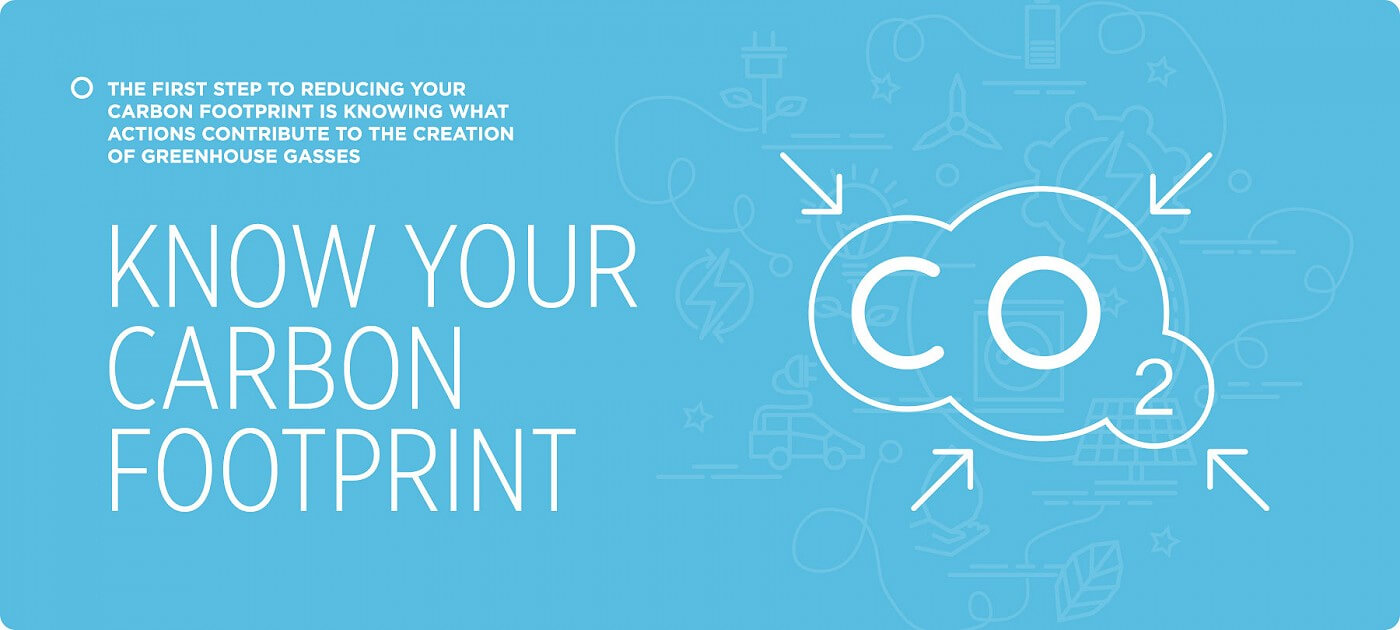
First, What is a carbon Footprint?
When a community uses energy or products manufactured with fossil fuels, it generates carbon dioxide(C02) and other greenhouse-gas emissions that contribute to climate change. The combination of emissions caused by that community’s homes, businesses, sources of transportation (cars, buses, trains, for example), and other uses is known as the “carbon footprint.” “Carbon neutrality” or a “net zero carbon footprint” means that the amount of carbon released into the atmosphere is the same as the amount of carbon sequestered or offset, including any carbon credits. In order to reduce the community’s carbon footprint, all of us must first examine our individual carbon footprint.





